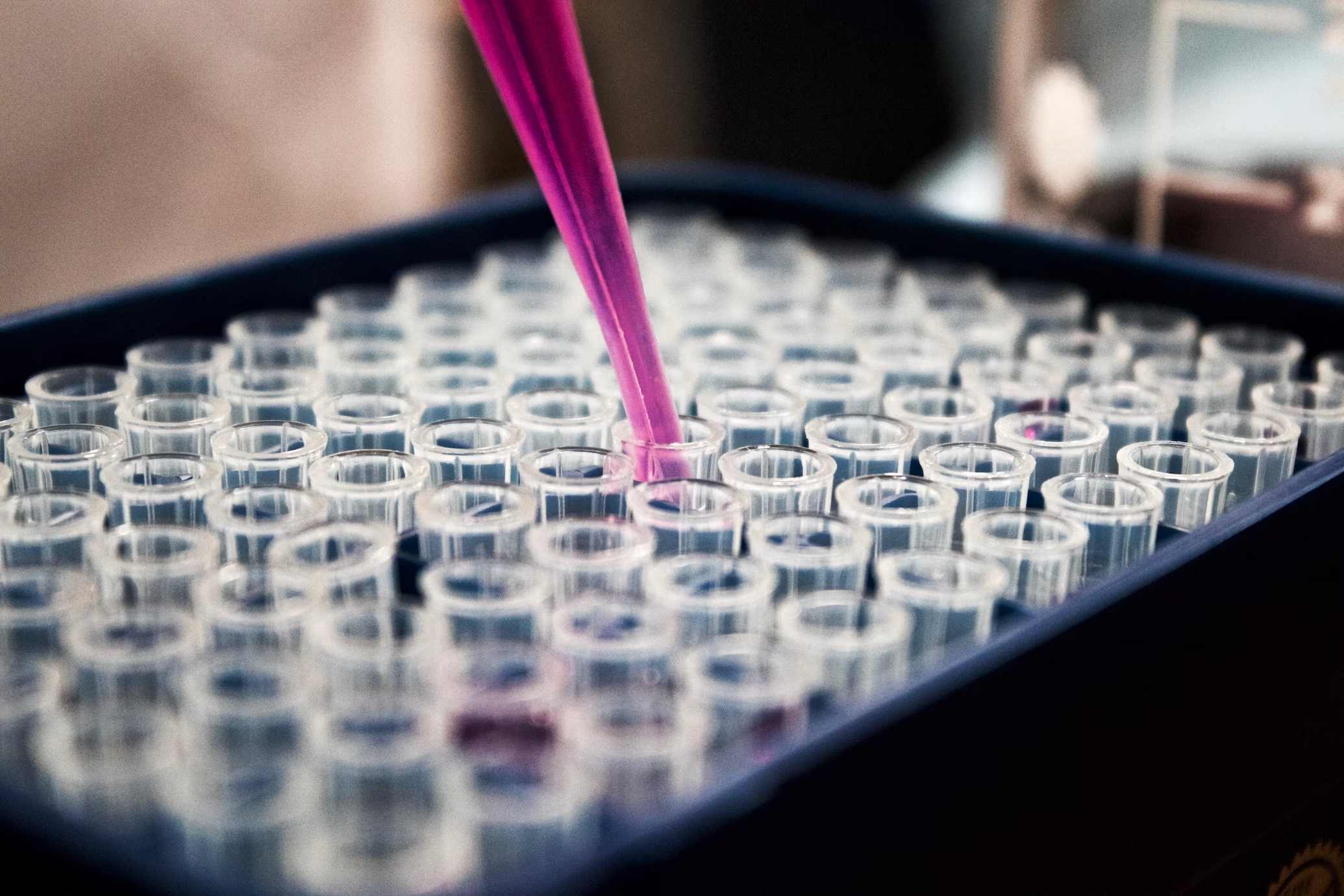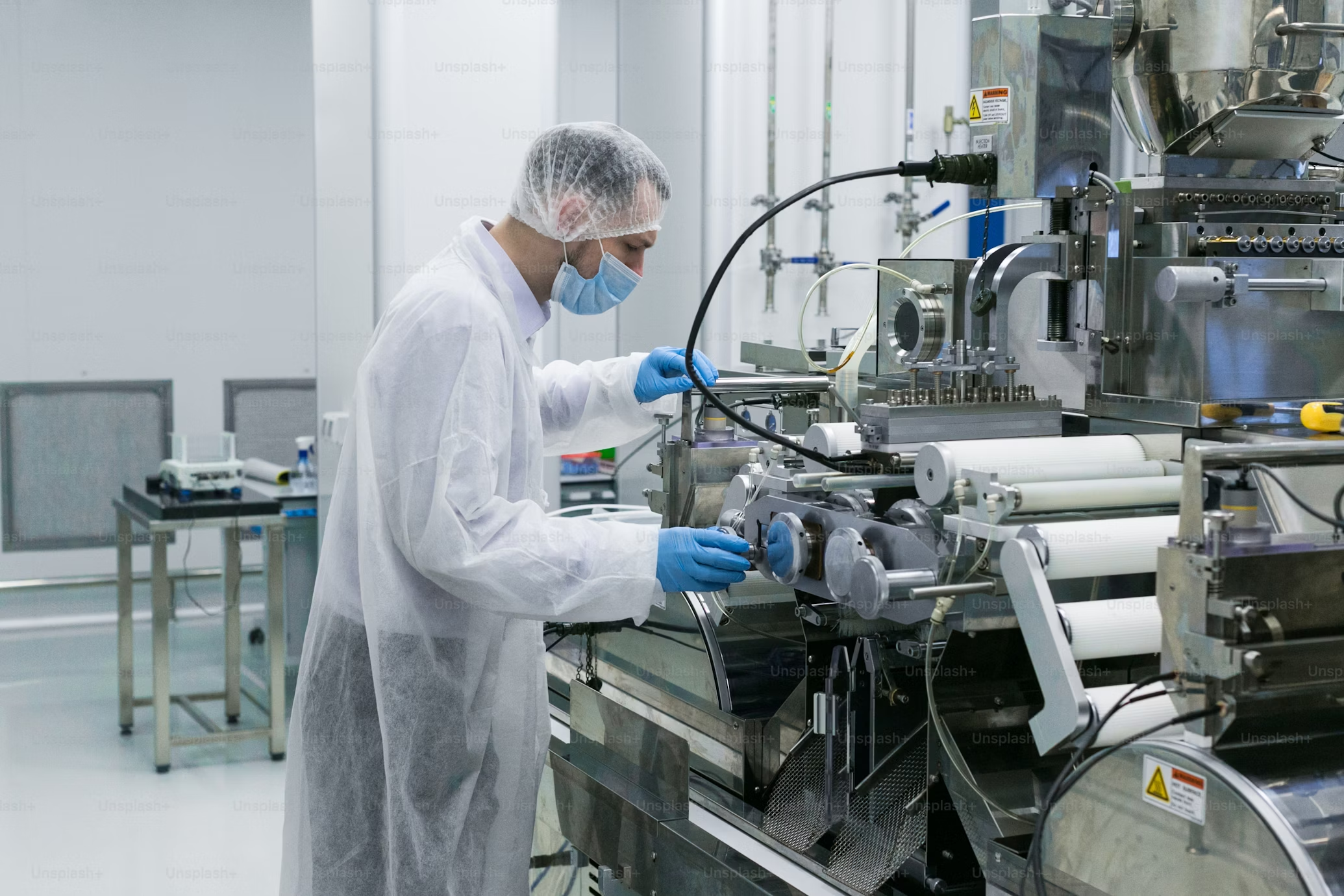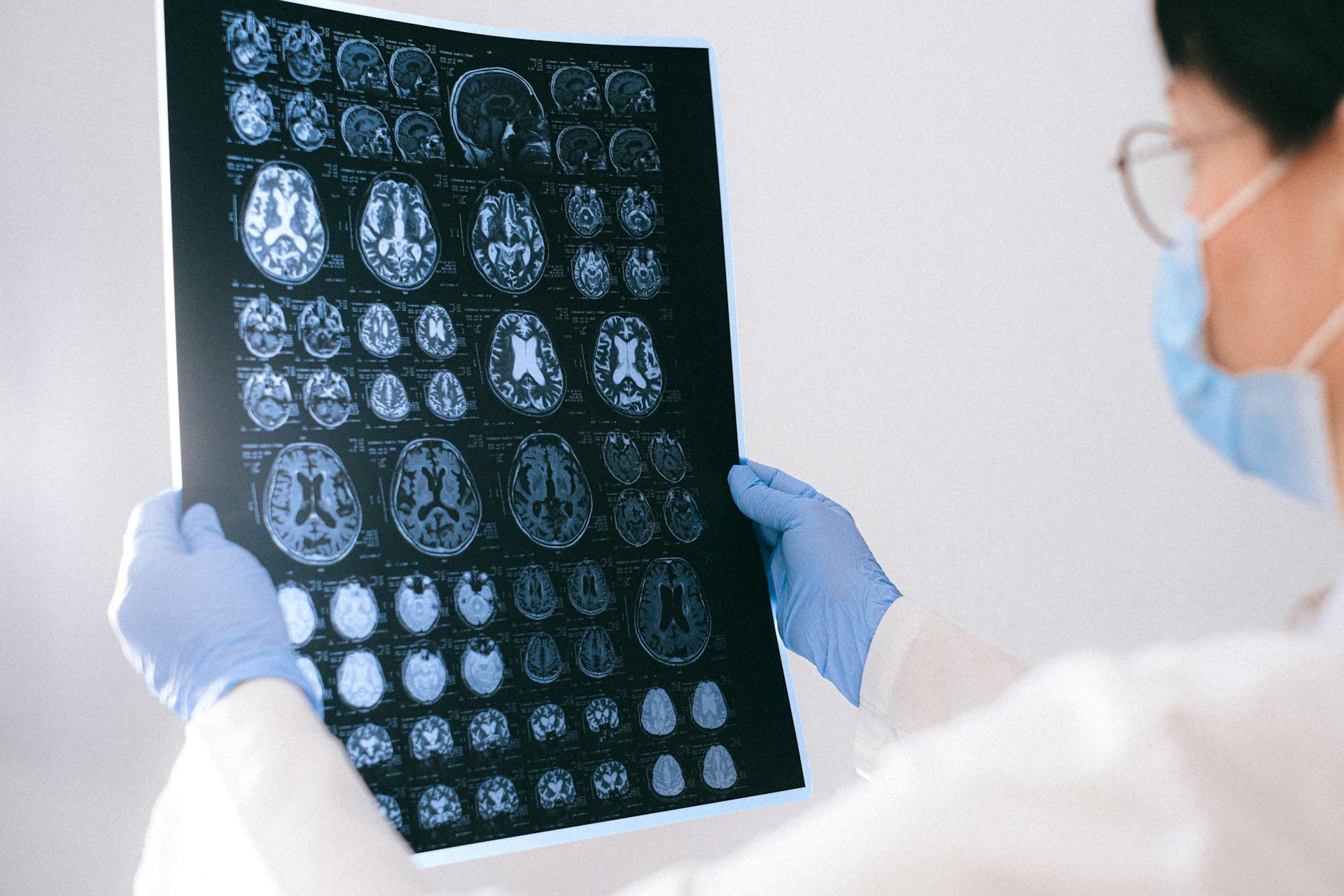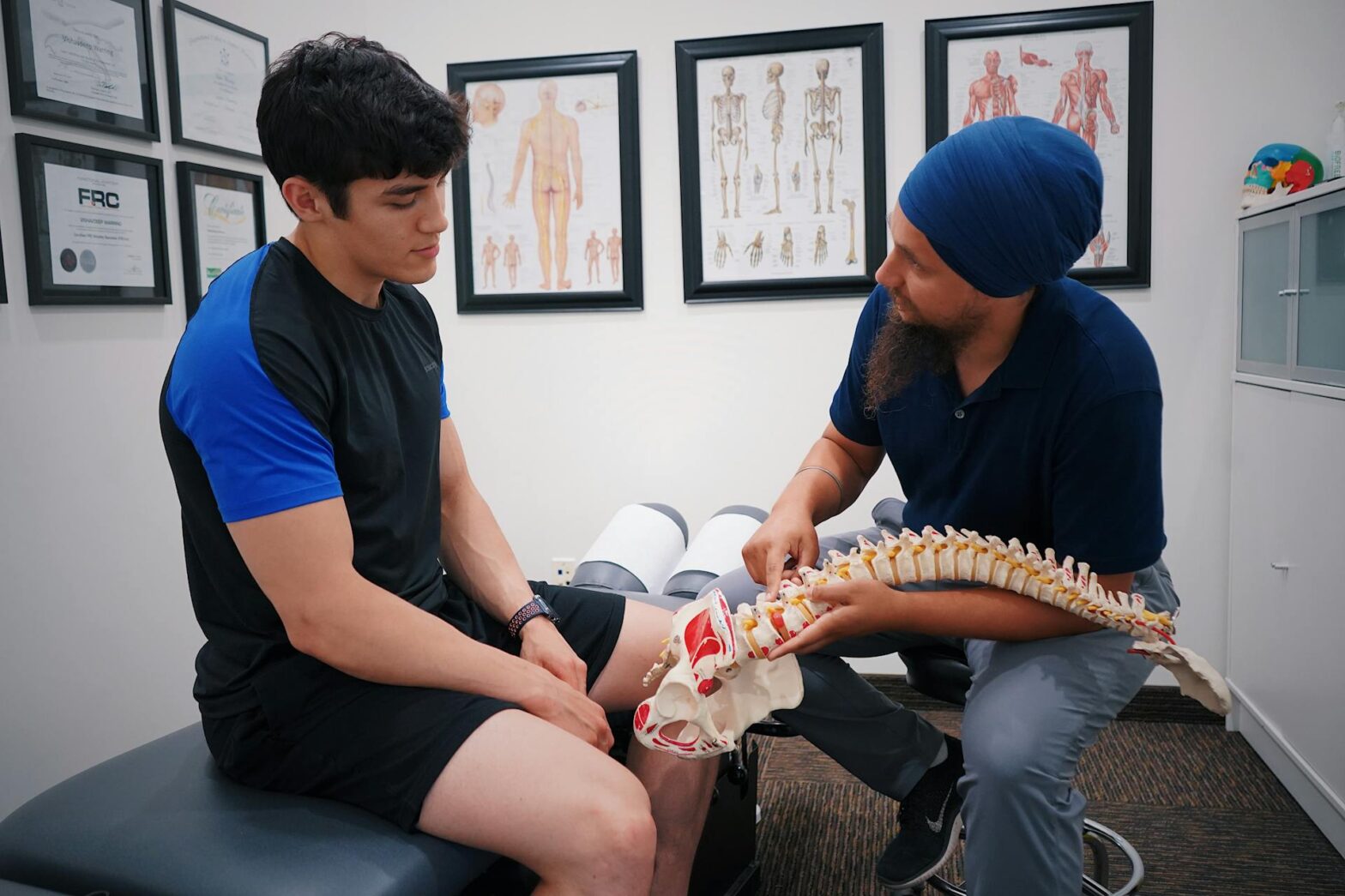Ingrown hairs cause red and itchy bumps where a hair has grown back under the skin. It doesn’t look nice and is often very uncomfortable. The problem arises especially after shaving which is why men have many of their face and neck and women find them on legs and armpits. An ingrown hair isn’t dangerous, but it can be an annoyance. Chanele Rosa – Candela Medical Clinical Specialist for UK and Ireland has shared her expertise on ingrown hairs and answers the questions you need answers for. Chanele has a beauty background and has qualifications in laser and light therapy treatments.
1) How do ingrown hairs occur?
An ingrown hair is a common condition where the hair curls back or grows sideways back into the skin resulting in an inflamed, raised, red bump. They can be painful, and some may form a boil like sore. Ingrown hairs can be caused by some methods of hair removal such as waxing, tweezing or shaving, predominantly among people who have dense coarse hair. In some cases, it may be caused by a lack of exfoliation in the area or a hormonal imbalance.
2) What are some of the keyways to treat them yourself?
It is best to stop waxing, shaving, or plucking the hair until the ingrown hair goes away. A warm compress can be applied to help open the follicle. You can gently exfoliate the area to help lift the hair above the skin. Once the hair has lifted you can use a sterile tweezer to gently pull the hair out. If the ingrown hair is infected, you will need to see your doctor who may prescribe an antibiotic.
3) What are some of the common misconceptions around them?
People often think that if they don’t use any methods of hair removal that they will not get ingrown hairs, this is not always the case. Our hairs shed on a regular basis and when the hair grows back the hair follicle may be covered with dead skin preventing the hair from exiting the skin, resulting in an ingrown hair. People with curly hair are more likely to get ingrown hairs but people with straight hair can also develop ingrown hairs. We are told that exfoliating can eliminate ingrown hairs. Yes, removing dead skin can help reduce the number of ingrown hairs in an area but frequently exfoliating can also contribute to ingrown hairs. Where the skin will regenerate quickly, and the hair follicles will be covered before they start to grow.
4) What key ingredients help to get rid of them?
Use creams with ingredients that exfoliate the skin such as Salicylic acid, Glycolic acid or lactic acid. Tea tree oil has antibacterial and anti-inflammatory properties and Aloe vera will help soothe the area.
5) Can they appear anywhere?
Yes, ingrown hairs can appear anywhere, they are most common in areas that have been waxed, tweezed or shaved such as the beard, legs and underarms.
6) Are they ever dangerous?
Ingrown hairs can be painful and unsightly but are not usually dangerous. If they are infected and left untreated, they may worsen.
7) Is using tweezers a good idea, or does this spread bacteria?
You shouldn’t tweeze the hair whilst it is under the skin, this may break the skin in the area and cause an infection. Once the hair has emerged above the skin you can use sterile tweezers or needle to gently pull the hair out.
8) What are some other key need to know/tips on them?
Do not pick or squeeze ingrown hairs this may cause an infection and may result in a scar. Laser/IPL is a great solution for preventing ingrown hairs as it permanently reduces unwanted hair. The benefit of having hair removal on the Nordlys by Candela is that it will also reduce the appearance of scars left from an ingrown hair.

















